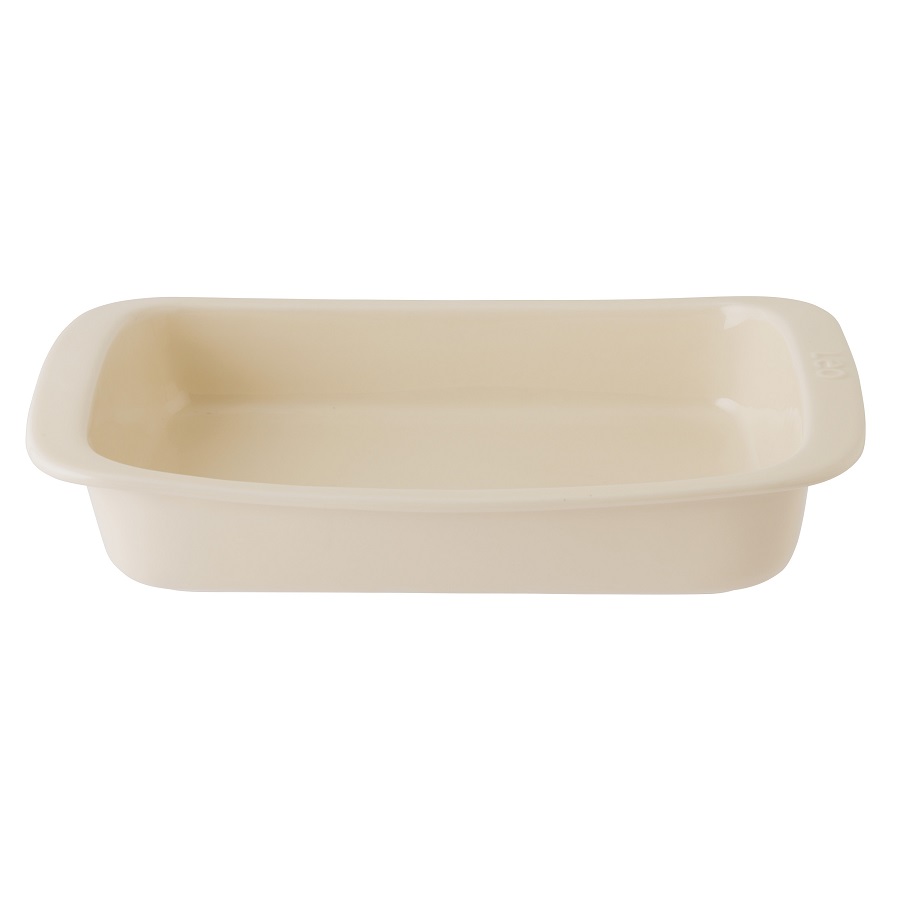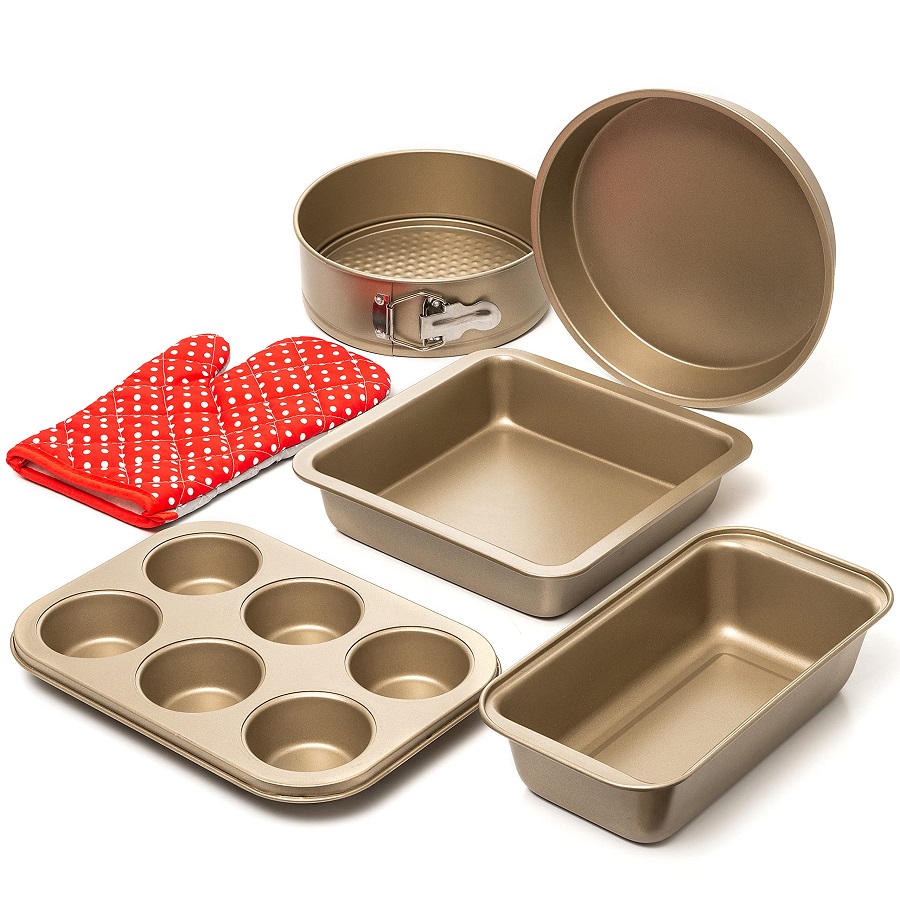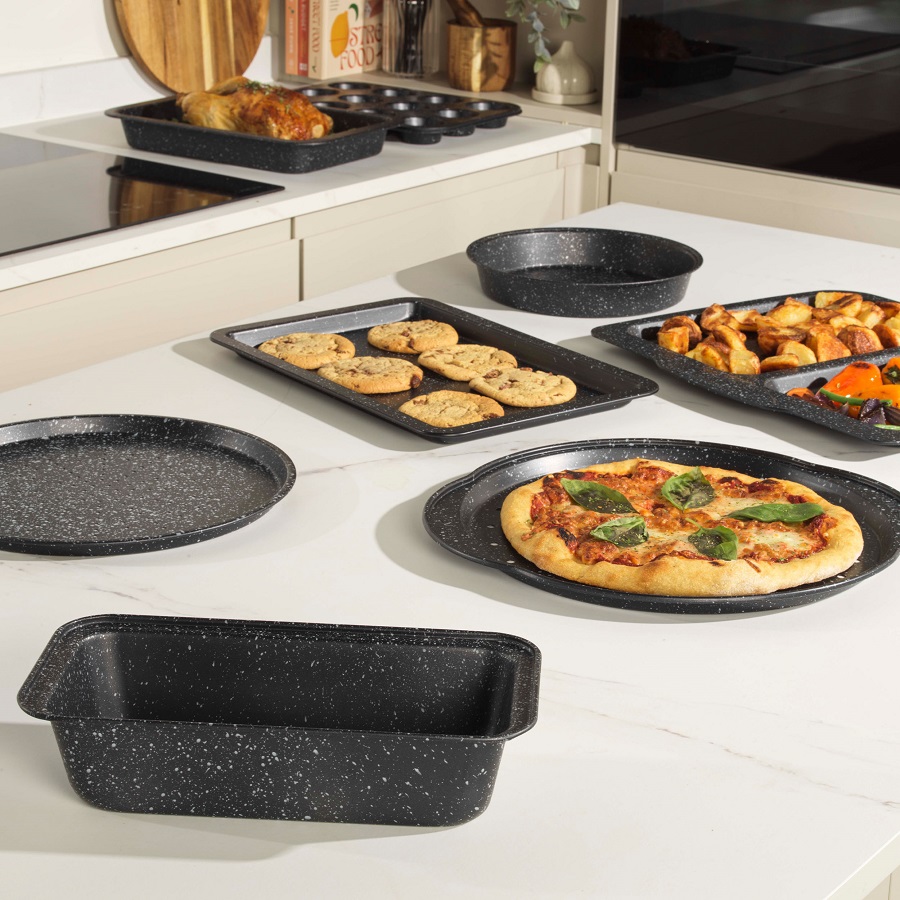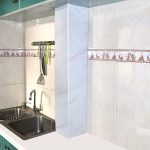Introduction
Baking is both an art and a science, and every home chef knows that the right tools can make a world of difference. Whether you are a professional baker or a casual enthusiast, achieving that perfect crust, airy crumb, and delicate flavor in your baked goods often comes down to the equipment you use. One such tool that has gained popularity among bakers of all levels is the stone baking sheet. In this ultimate guide, we will explore what stone baking sheets are, how they work, their benefits, and tips for using them effectively to elevate your baking game.
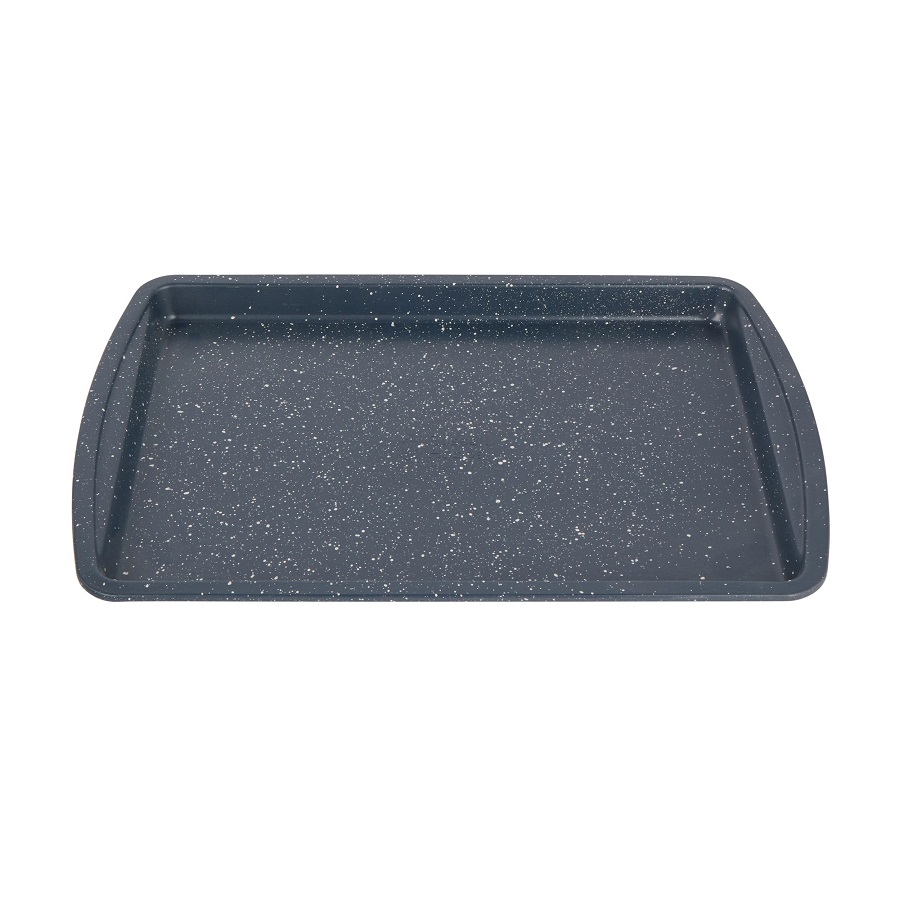 What is a Stone Baking Sheet?
What is a Stone Baking Sheet?
A stone baking sheet, often referred to as a pizza stone, is a flat slab made of natural stone, usually ceramic or cordierite. These stones are designed to withstand high temperatures and retain heat, resulting in evenly baked food. While primarily used for baking pizzas, stone baking sheets are versatile enough for various other baked goods, including bread, pastries, and cookies.
Characteristics of Stone Baking Sheets
- Material: Stone baking sheets are typically made from materials that can absorb moisture, such as natural clay or ceramic. Some premium options also use cordierite, known for its strength and ability to retain heat.
- Heat Retention: One of the standout features of stone baking sheets is their exceptional ability to retain and distribute heat evenly. This characteristic ensures that foods are cooked uniformly, reducing the risk of burnt edges or undercooked centers.
- Porosity: The porous nature of stone allows it to absorb moisture from the dough, which results in a perfectly crispy crust. This is especially important for breads and pizzas, where moisture can lead to a soggy bottom.
- Durability: Stone baking sheets are incredibly sturdy and can last for years with proper care. Unlike metal baking sheets, which may warp over time, stones maintain their shape and baking properties.
Benefits of Using Stone Baking Sheets
1. Superior Heat Distribution
One of the primary reasons bakers choose stone baking sheets is their superior heat distribution. When you place your dough on a preheated stone, the intense and even heat helps to create an ideal environment for baking. The result? A perfectly baked crust that is golden brown and satisfying to bite into.
2. Moisture Absorption for Crispy Crusts
The porous surface of stone allows it to absorb moisture from the dough, which is particularly beneficial when making bread and pizzas. This moisture absorption ensures that the crust develops a nice crunch, preventing that undesirable soggy texture that often plagues baked goods.
3. High-Temperature Tolerance
Stone baking sheets can withstand high temperatures, making them perfect for achieving the best results in your baking. Many home ovens can reach temperatures of up to 500°F (260°C), which is ideal for pizza and artisan breads, and stone baking sheets are designed to handle these extreme conditions.
4. Versatility
While stone baking sheets are often associated with pizza, their uses extend far beyond that. They are excellent for baking artisan bread, cookies, pastries, and even roasting vegetables. Their versatility makes them a must-have for any kitchen.
5. Enhanced Flavor and Texture
Baking on a stone enhances the flavor and texture of your baked goods. The heat retention properties help create a more intense browning, resulting in nutty, caramelized flavors that can elevate even the simplest recipes.
6. Easy Cleanup
Cleaning a stone baking sheet is a breeze. Most can be wiped down with a damp cloth or a scraping tool. Unlike metal pans that may require scraping and scrubbing, stones do not need to be soaked or put in the dishwasher. However, it’s essential to check the manufacturer’s instructions for specific care tips.
How to Use a Stone Baking Sheet
1. Preheating
Preheating your stone baking sheet is crucial. Place the stone in the oven while it preheats (typically for about 30-60 minutes), allowing it to reach the desired temperature.
2. Prepare Your Dough
While the stone is preheating, prepare your dough or pastry. For best results, lightly sprinkle flour or cornmeal on the surface of the stone before placing your dough. This will prevent sticking and make transferring your baked goods easier.
3. Transfer the Dough
For pizzas and large breads, use a pizza peel or a flat baking sheet to transfer your dough onto the preheated stone. For smaller baked goods, you can place them directly onto the stone using your hands or a spatula.
4. Baking
Keep an eye on your baking times, as the heat from the stone can lead to faster cooking. Be aware of the signs of doneness, and adjust your baking time accordingly.
5. Cooling and Cleaning
Once your baked goods are done, carefully remove them from the stone. Allow the stone to cool naturally before cleaning it with a damp cloth. Avoid using soap or harsh chemicals that can absorb into the stone.
Tips for Maintaining Your Stone Baking Sheet
- Avoid Sudden Temperature Changes: Rapid temperature changes can cause your stone to crack. Avoid placing a cold stone into a hot oven or pouring cold liquids onto a hot stone.
- Do Not Soak: Avoid soaking your stone in water. Instead, wipe it down with a damp cloth or scrape off any food residue.
- Store Properly: Store your baking stone flat or on a shelf to avoid any unnecessary pressure that could lead to cracking.
- Re-season If Needed: If your stone starts to absorb odors or flavors over time, you can re-season it by lightly oiling it after cleaning (check the manufacturer’s guidance).
- Use Cornmeal or Flour: Use a light dusting of flour or cornmeal to help prevent sticking when transferring your dough.
Unique Heat Retention
One of the most significant advantages of stone baking sheets is their ability to retain heat. Unlike traditional metal baking sheets, which can cool rapidly once you remove them from the oven, stone materials maintain a consistent temperature throughout the baking process.
- Consistent Heat Distribution: Baking sheets provide an even heat distribution, which is critical for achieving uniform baking. This consistency helps to prevent the dreaded soggy bottom often associated with pizzas, breads, and pastries.
- Crispier Crusts: The high heat retention of stone sheets is particularly advantageous when baking bread and pizza. It creates an immediate sear on the dough, resulting in a beautifully crisp crust while keeping the inside soft and fluffy. This characteristic is what sets apart homemade pizzas from store-bought ones, turning a simple meal into a memorable dining experience.
Durability
Stone baking sheets are renowned for their robustness.
- Long-Lasting Material: Unlike metal sheets that may warp or corrode over time, stone baking sheets are resilient and can withstand high temperatures. They’re less likely to dent, scratch, or deform, ensuring they remain in excellent condition for years to come.
- No Reactive Surfaces: Stone materials like cordierite or ceramic don’t react with food the way certain metals can, meaning they won’t impart any off-flavors or chemicals to your baked goods. This quality guarantees that every batch of cookies, pie, or bread retains its intended taste and aroma.
Versatility
Stone baking sheets are incredibly versatile and can adapt to various baking needs.
- Baking Variety: Beyond pizzas and breads, stone sheets are perfect for cookies, pastries, and even roasted vegetables. Whether you’re baking granola bars or making a savory shepherd’s pie, a stone baking sheet can handle the heat.
- Temperature Control: Stone cooking surfaces are excellent for high-heat baking. Many recipes call for steamy environments to activate gluten and achieve that perfect rise. By preheating your stone baking sheet, you can create an optimal environment that encourages browning and proper cooking without sacrificing moisture.
- Grilling and Cooking: Beyond traditional baking, stone sheets can also be employed on outdoor grills for a variety of dishes. They allow you to bake and broil veggies, bread, or even seafood without the risk of them falling through the grill grates. This adaptability makes them a valuable tool for all cooking enthusiasts.
Conclusion
Stone baking sheets are a fantastic investment for anyone who wants to elevate their baking experience. With their ability to provide uniform heat distribution, absorb moisture for crisp crusts, and withstand high temperatures, these tools can help you achieve professional-level results in your own kitchen. Whether you’re baking homemade pizzas for a family gathering or crafting artisan bread to enjoy with dinner, a stone baking sheet can make all the difference. Armed with the knowledge from this ultimate guide, it’s time to start experimenting and perfecting your baked goods like a true culinary artist. Happy baking!
